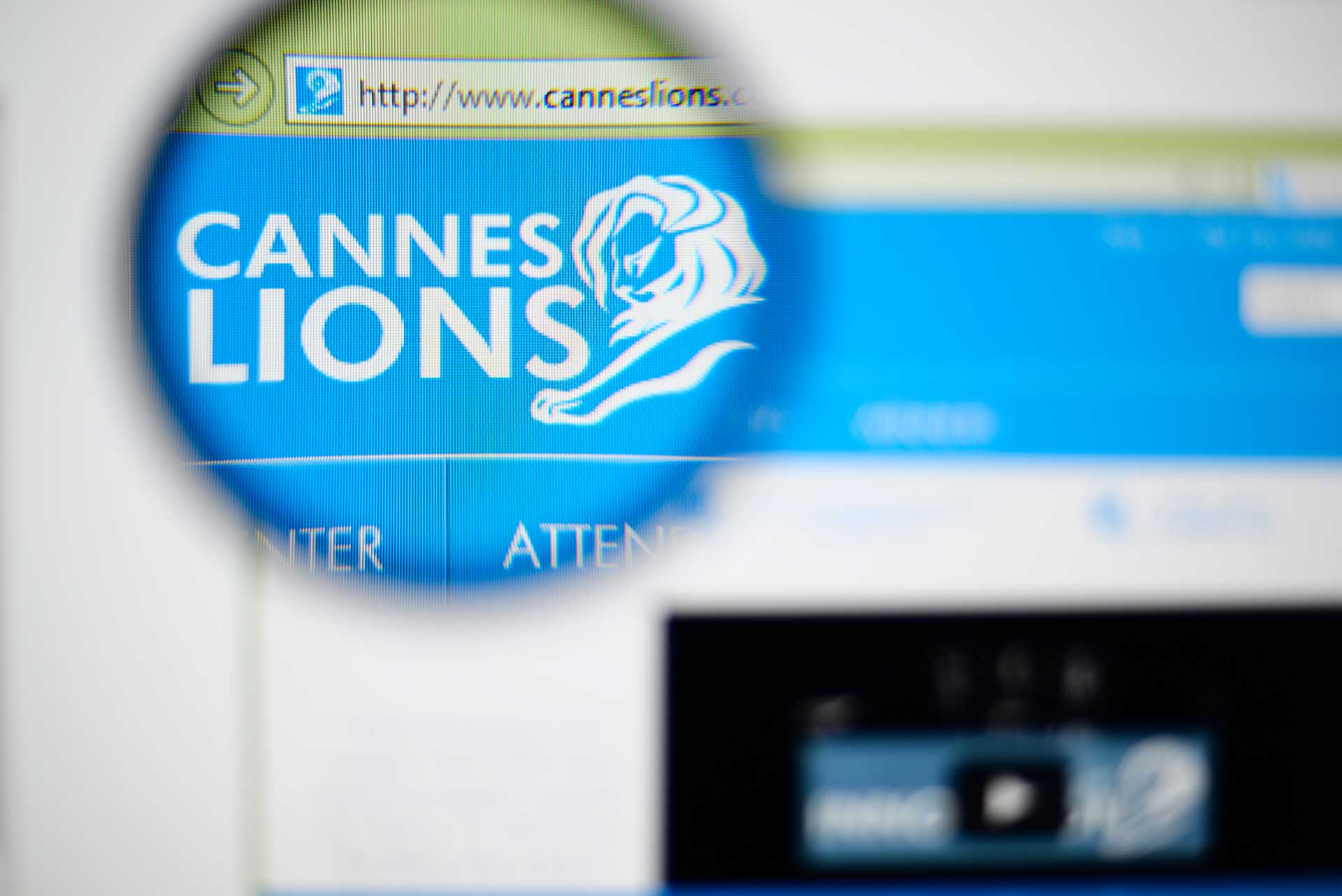Why talent was the elephant in the room at Cannes Lions
How can marketers find and retain talent? The question was a hot topic at this year's Cannes Lions, and columnist and LinkedIn VP Penry Price was on hand to reveal what he learned.
A few weeks ago, at the Cannes Lions International Festival of Creativity, attendees buzzed about Grand Prix prize winners like REI’s #OptOutside campaign and debated the rise of ad technologies like automation and virtual reality. But underneath the glam and glitz, advertisers and marketers voiced concerns about a more serious issue: the struggle to find and retain talent.
Advertisers and marketers have good reason to worry about talent. Millennials are entering the workforce in droves, and research shows they’re more likely to look for and change jobs than any other generation.
Like other industries, ours struggles to retain millennials. But with so many opportunities to choose from and all competing for the same people, advertising and marketing agencies are getting hit hardest. According to research from LinkedIn (my employer) and 4As, turnover in the advertising industry is higher than related industries like technology and retail.
It doesn’t help that the first-year agency salary is $45,000 less than in the tech sector. This salary gap matters more as marketing and advertising is recognizing a greater need for people with diverse skill sets and backgrounds — not just creative types.
So how can marketing organizations help address this talent shortage?
This year at Cannes, people talked about the importance of building a culture that makes employees feel inspired to come to work every day, and communicating that to job candidates — in other words, building a strong employer brand. This is determined by everything from your web and social presence to what current employees and potential hires say about your company when you’re not in the room.
One thing I found this year at Cannes is that marketing is more important than ever for building up an employer brand. Here are three ways your marketing organization can build a better employer brand:
Develop a consistent mission and purpose
Advertisers and marketers are so skilled at telling their brands’ stories that they forget to sell themselves. If more companies can convey their mission, values and culture in a way that resonates with job seekers, they’ll be able to stand out from the crowd.
At LinkedIn, it’s built into our performance evaluation process — everyone gets evaluated not just on their work but also on how well they exemplify our values and culture.
A consistent mission benefits companies in more ways than one. Consumer goods giant Unilever (Disclosure: client), for instance, announced its intention at Cannes to drop sexist stereotypes from its ads. While this is noble, it also helped Unilever established itself as a modern and equal-opportunity employer.
Empower your employees to be brand ambassadors
Your current employees are your most important asset in showcasing your employer brand. They often have bigger social networks with more powerful connections than their employers.
Encouraging employees to feel invested in your culture empowers them to be more engaged.
If your employees already have a strong sense of mission and purpose, they’ll be more likely to recruit their connections. Give them a voice, and empower them to share how proud they are of their workplace on social media.
Visa (Disclosure: client), for instance, is always looking for opportunities to take their best brand evangelists — their employees — and empower them to promote their workplace culture. The company curates and sends Visa-related content to employees so they can easily post content across their social channels. This new practice allows their employees to share and embrace Visa’s culture to the outside world and ultimately become brand advocates.
Bridge the divide between marketing and HR
It used to be up to HR to find and retain talent, while marketing focused on selling products and services. Today, companies with rich talent pipelines combine these two departments to create a unified message around their mission and culture.
Recruiting ads are one way to do this. While the concept of reaching talent through ads isn’t new, we’re starting to see more older companies invest in building brand awareness.
Last fall, General Electric (Disclosure: client) premiered “What’s the Matter with Owen,” a TV spot that garnered more than 400,000 YouTube views. The spot conveys that while the century-old company is an established manufacturing brand, it’s also a great place for young software developers to grow their careers.
The idea that marketing and HR can work together to attract top talent is still fairly new. Still, a lot of HR and talent acquisition teams like the ones at General Electric are working together to tell stories that align with both.
There are other ways these two departments can work together. Marketing teams get bonuses based on lead conversions, so what if they were incentivized to recruit talent?
As Vogue editor-in-chief Anna Wintour noted at Cannes, “We live in an age that prizes authenticity.” I can’t think of a business issue where this sentiment is more applicable than the current hiring landscape.
As startups, agencies and established outfits face steeper competition in attracting the best and brightest — particularly millennials — into marketing and advertising roles, employer brand is arguably the most important differentiator.
Contributing authors are invited to create content for MarTech and are chosen for their expertise and contribution to the search community. Our contributors work under the oversight of the editorial staff and contributions are checked for quality and relevance to our readers. MarTech is owned by Semrush. Contributor was not asked to make any direct or indirect mentions of Semrush. The opinions they express are their own.
Related stories
